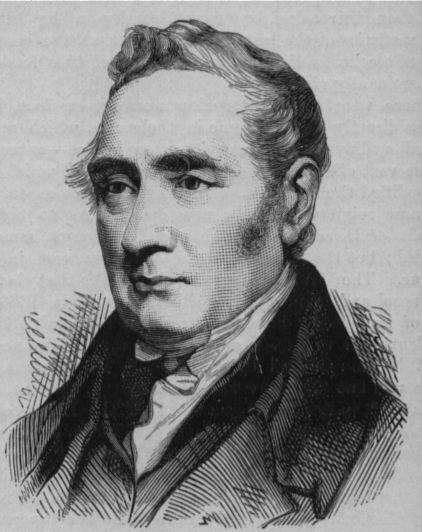settings
Blackadder vocabulary
219 vocabulary words, including people, places, music, artists, etc.
help & settings
[x]
-
George Stephenson
-
► definition
Definition:[1781 - 1848]an English civil engineer and mechanical engineer. Renowned as the "Father of Railways", Stephenson was considered by the Victorians a great example of diligent application and thirst for improvement. Self-help advocate Samuel Smiles particularly praised his achievements. His chosen rail gauge, sometimes called 'Stephenson gauge', was the basis for the 4 feet 8 1⁄2 inches (1,435 mm) standard gauge used by most of the world's railways.Pioneered by Stephenson, rail transport was one of the most important technological inventions of the 19th century and a key component of the Industrial Revolution. Built by George and his son Robert's company Robert Stephenson and Company, the Locomotion No. 1 is the first steam locomotive to carry passengers on a public rail line, the Stockton and Darlington Railway in 1825. George also built the first public inter-city railway line in the world to use locomotives, the Liverpool and Manchester Railway, which opened in 1830.text from Wikipedia, licensed under Creative Commons - Attribution - Sharealike
► uses
Uses:
Blackadder: [...] I'm about to enter the job market. [starts scanning newspaper want ads] Right, let's see... Situations vacant: Mr. and Mrs. Pitt are looking for a baby-minder to take Pitt the Younger to Parliament... there's a fellow called George Stephenson has invented a moving kettle... wants someone to help with the marketing... oh, and there's a foreign opportunity here. Treacherous, malicious, unprincipled cad, preferably non-smoker, wanted to be King of Sardinia. No time wasters please. By Napoleon Bonaparte, PO Box 1, Paris. Right! We're on our way!
BBC. Blackadder, season 3: Sense and Senility
---
He had been spoiled by an education with exact tools and adequate applicances; in the days of his apprenticeship, mechanical engineering had progress far from the time when Stephenson thought it a matter of self-congratulation that the Rocket's pistons fitted her cylinders with only half an inch to spare.
Cecil Scott Forester. The African Queen, p.89 (1935)

